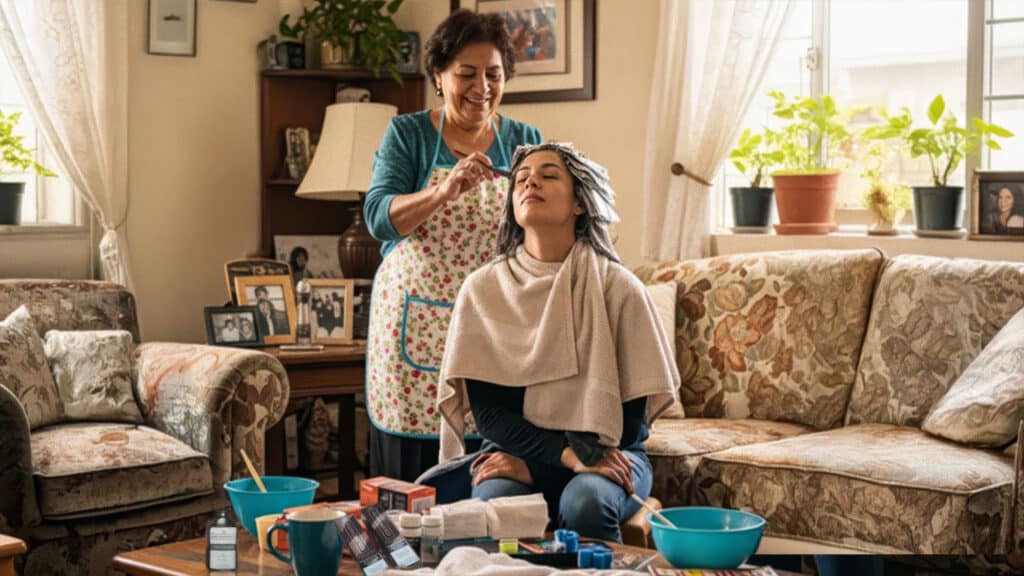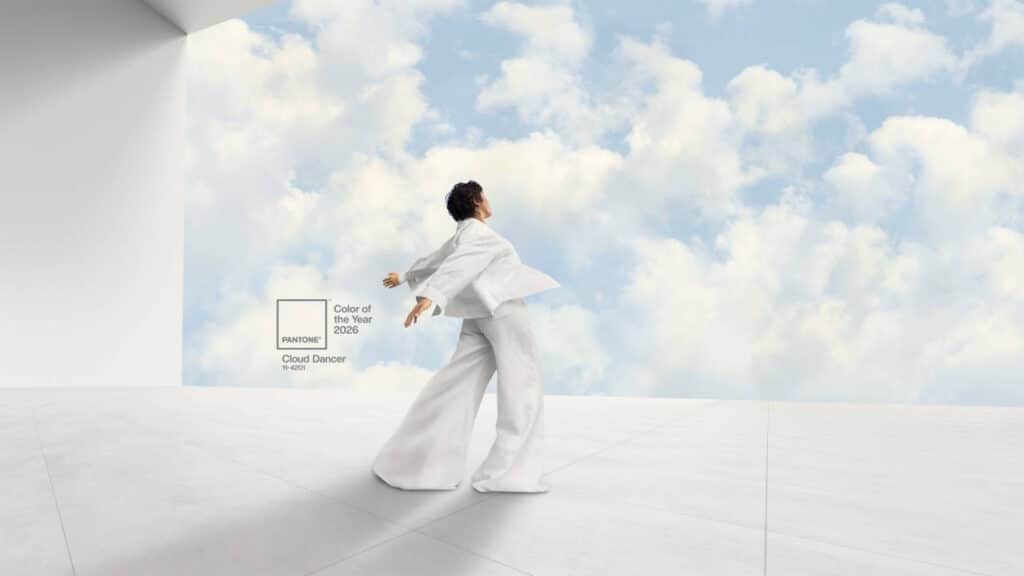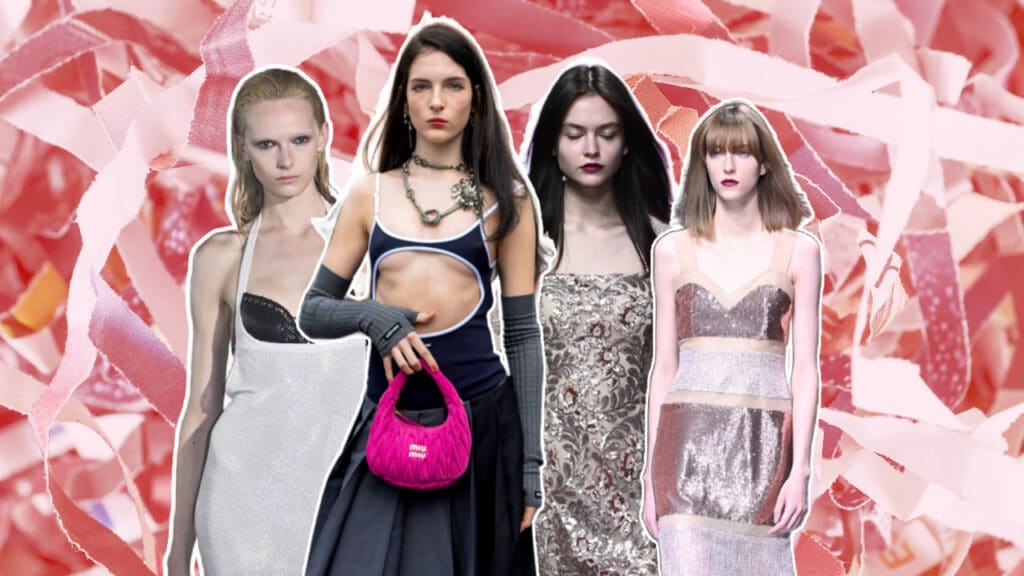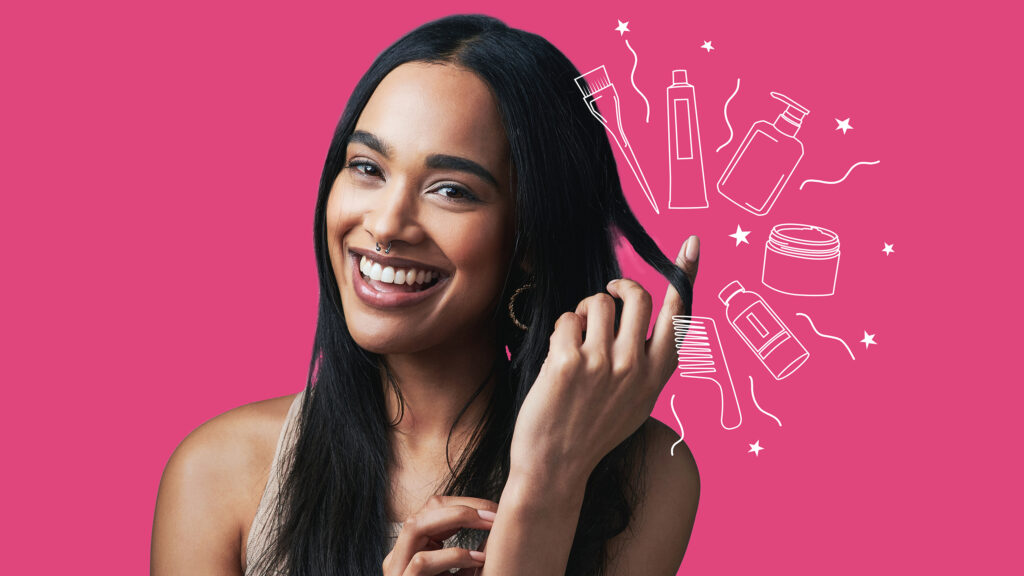From Oaxaca to Los Yungas: How Braids Unite Latina Identity
Braids have been making the rounds as a political statement within the Latinx community on TikTok. Latinxs wearing braided hair as an act of protest, cultural pride, and rejection of anti-immigrant policies have brought renewed attention to the politics of hair and hairstyling.
More than just colorful and beautifully crafted hairstyles on social media, braids carry myths, heritage, and a culturally rooted history that have influenced the identities of people across the Americas. They also serve as a connection to ancestors and a powerful means of expression and style.
The history of braids
Hair braiding is not exclusive to any culture. Various civilizations, from those in the Americas to those in Asia, have braided their hair for hundreds of thousands of years. Archaeological artifacts dating between 3800 and 1500 B.C., such as the Venus figurines and Egyptian papyrus, reveal early depictions of hair braiding.
Throughout history, this hairstyle has been commonplace among varied cultures, including ancient Greece, Slavic groups, African tribes, and, naturally, Indigenous Latin American people. Each culture has bestowed braids with specific meaning and purpose. Religious practices, traditions, social or marital status, or simply aesthetic choices, have influenced the way people, especially women, style their braids in various parts of the world.
Oaxaca and braids
Due to its extensive territory and large population, Mexico has historically been home to a wide variety of traditional hairstyles. Although the most popular braid styles are associated with Indigenous people in Oaxaca, Indigenous groups across Mexico showcase their own unique braid variations. Some hairstyles even date back to the heyday of the Maya and Aztec civilizations, when people elaborated on headwear with braids or wrapped their braids around their heads.
In today’s Oaxaca, braids convey stories and keep tradition alive. According to Vogue, “every aspect of the chosen hairstyle is imbued with individual meaning.” Some reflect the marital status or socio-economic status of the wearer. For example, single women wear their braids on the left side while married women wear them on the right. Meanwhile, the use of flowers, tlacoyales, ribbons, and other types of adornments will generally depend on the wearer’s preferences.
Guatemala
Influenced by Mayan culture, in Guatemala, Tzutujil women use long extensions of tocoyal (flat weaved ribbon) to style their hair. After wrapping the hair ribbon in a spiral around a braid or ponytail, they wrap the toyocal around the head, like a crown, at least 20 times. The result gives off the illusion of a hat without a crown. This hairstyle is said to represent the continuity of life and respect for Mayan tradition.
In places like San Pedro Sacatepequez, women add large headpieces made of toyocal braids during important celebrations.
Braids in the Andes
In the Andean region, braids are one of the go-to hairstyles among Indigenous peoples. The hairstyle is imbued with tradition, irreverence, and mysticism across communities. A common tale among Indigenous elders in Ecuador, for example, is that when people die, they need to reunite all their fallen hairs.
Braiding the hair reduces the chances of leaving pieces of hair behind, which in the long run will make the task easier. Other indigenous groups in the broader Andean region associate long hair with wisdom and a connection to the land, or Pacha Mama (Mother Earth). They regard braids as both traditional and practical ways of carrying long hair, as well as signifiers of identity and resistance to the cultural assimilation enforced during colonial times.
Each community has its own braiding style, which generally responds to the group’s beauty standards and conditions. The most traditional Kitu Kara elders, whose lands were distributed in the urban and rural areas of the Ecuadorian capital, kept their braids as a form of resistance to the urbanization process that forced them to change their means of production, which had previously been based on agriculture and farming.
Stylistically, their hair was simply braided in a three-strand braid. Sometimes, they styled the hairstyle with a pabilo, a thick and long strand of navy blue yarn or wool, intertwined in the hair to create a thicker braid.
Likewise, in Bolivia, women often adorn their braids with tullmas, yarn accessories with pompoms or bead adornments at the bottom. Each region has its preferred colors and materials, but the goal is to preserve a tradition that originated during pre-Hispanic times.
The Afro-Latin Community
In regions such as Los Yungas, where Afro-Bolivian communities are predominant, women wear Afro-inspired braids, box braids, and special designs that bridge Indigenous and Black culture. They usually carry these hairstyles during celebrations and as an essential part of the traditional costume for saya performances.
Similar traditions extend throughout the Americas, placing braids at the core of Black culture. As historians explain, Black people used hairstyling for different purposes. They wore braids to protect their hair from natural elements, but also as a means of survival. Through braids, they hid in plain sight escape routes, gold, or even food to embark on their journey to freedom.
Today, Afro-Latinas are reclaiming braids to keep the legacy of their ancestors alive. They recognize them as a source of history and pride for Afro-Latin communities. As Colombian social media creator Africarla told El Universal de Cartagena, “Braids were seen as something folkloric, which made the message go unrecognized. Braids are a symbol of resistance, struggle, and liberation. Now women are resisting, saying, ‘This is my identity, this is my culture, and I will defend it’.”
Is wearing braids cultural appropriation?
As traditional braiding styles take flight on social media, a common concern is whether using braids as a sign of solidarity with the Latinx community can be considered cultural appropriation. In fact, this is a recurring accusation in the comment sections of non-Indigenous content creators.
The answers will probably vary from one case to another, depending on the context. However, personal use, while not always welcome, is not cultural appropriation per se. Academics and experts agree that at the core of cultural appropriation are exploitative practices and the purpose of benefiting from oppressed cultures. Take, for example, companies or individuals using traditional symbols, practices, or knowledge for profit. More often than not, these entities utilize traditional elements from a culture without acknowledging the originators and thereby diminishing their influence.
If you’re wearing braids with any Indigenous or Afro-Cultural signifier, make sure to recognize, uplift, and show respect for the culture. And above it all, give credit and listen to the community and culture originators.




